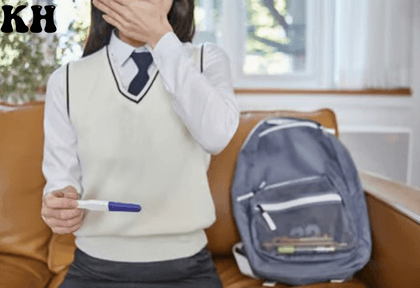A recent study has revealed that the contraceptive use rate among sexually active female middle and high school students in South Korea remains alarmingly low, with less than half consistently practicing contraception. This concerning trend highlights the urgent need for effective interventions to address the issue.
The findings were published in the Journal of Maternal and Child Health by researchers from the Korean Armed Forces Medical Command, Daejeon University’s Nursing Department, and Chungbuk University’s Nursing Department. The study analyzed data from the Youth Health Behavior Survey conducted between 2013 and 2022, focusing on responses from 9,562 female students who acknowledged having engaged in sexual activity.

Key Findings:
The study revealed that the rate of sexual experience among male adolescents increased slightly from 7.4% to 7.6%, while for female adolescents, it rose from 3.1% to 4.7% over the surveyed period. The average age at which female students first experienced sexual activity was 16 years, with high school students accounting for 73.7% of cases and middle school students for 26.3%.
When it came to contraception, only 39.2% of sexually active female students reported consistently using contraceptives during intercourse. Alarmingly, 32% admitted to not using any form of contraception at all. Although the contraceptive use rate improved from 27% in 2013 to 46.1% in 2022, it still falls below the halfway mark.
Trends and Influences:
Approximately 80% of the surveyed students used modern contraceptive methods, such as emergency contraception and condoms. Factors like age, socioeconomic status, academic performance, and experiences with smoking or drinking significantly influenced contraceptive use. Additionally, students who received sex education in the past 12 months were more likely to practice contraception.
Despite this gradual improvement, South Korea still lags far behind countries like the United States, where the contraceptive use rate among female adolescents aged 15–19 is between 86% and 91%.
Call for Action:
The research team emphasized that unintended pregnancies and childbirth pose significant health risks, particularly for female adolescents. They highlighted the necessity of tailored intervention strategies that consider age, school type, academic performance, and the availability of sex education.
Bridging the gap between South Korea and other developed nations requires comprehensive educational programs and accessible contraceptive resources to safeguard the well-being of young individuals.







